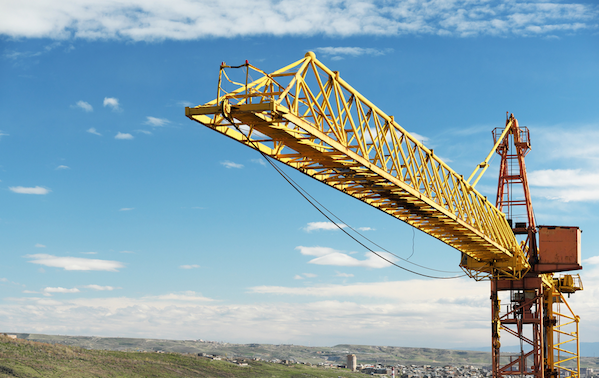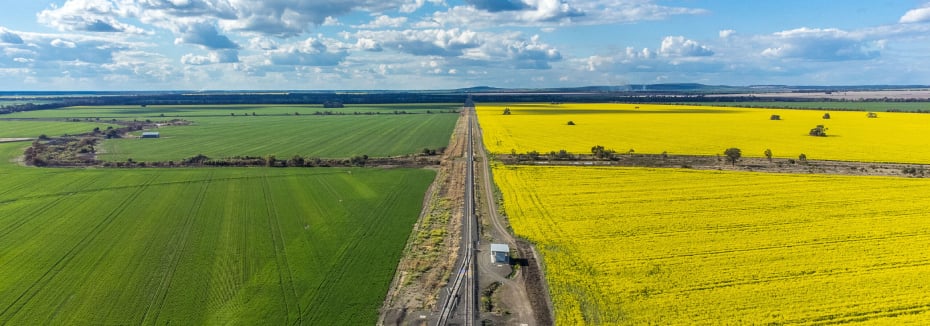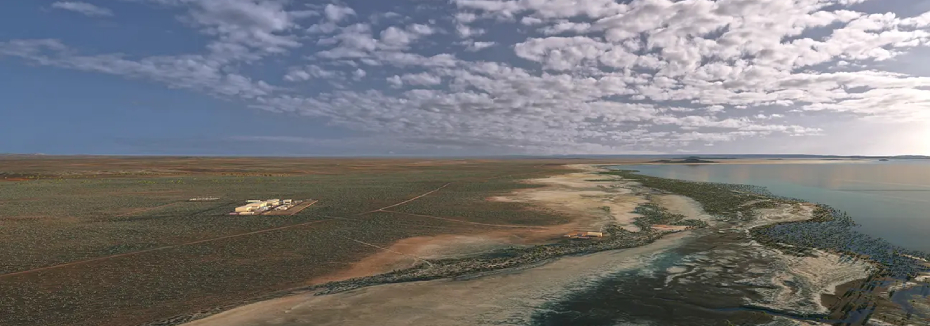Inspect the workplace
Regularly walking around the workplace and observing how things are done can help you predict what could or might go wrong. Look at how people actually work, how plant and equipment such as an excavator or crane is used, what chemicals are around and what they are used for, what safe or unsafe work practices exist as well as the general state of housekeeping.
Things to look out for include the following:
-
Does the work environment enable workers to carry out work without risks to health and safety (for example, space for unobstructed movement, adequate ventilation, lighting)?
-
How suitable are the tools and equipment for the task and how well are they maintained?
-
Have any changes occurred in the workplace which may affect health and safety?
Hazards are not always obvious. Some hazards can affect health over a long period of time or may result in stress (such as bullying) or fatigue (such as shiftwork). Also think about hazards that you may bring into your workplace as new, used or hired goods (for example, worn insulation on a hired welding set).
As you walk around, you may spot straightforward problems and action should be taken on these immediately, for example cleaning up a spill. If you find a situation where there is immediate or significant danger to people, move those persons to a safer location first and attend to the hazard urgently.
Make a list of all the hazards you can find, including the ones you know are already being dealt with, to ensure that nothing is missed. You may use a checklist designed to suit your workplace to help you find and make a note of hazards.

Consult your workers
Ask your workers about any health and safety problems they have encountered in doing their work and any near misses or incidents that have not been reported.
Worker surveys may also be undertaken to obtain information about matters such as workplace bullying, as well as muscular aches and pains that can signal potential hazards.
Review available information
Information and advice about hazards and risks relevant to particular industries and types of work is available from regulators, industry associations, unions, technical specialists and safety consultants.
Manufacturers and suppliers can also provide information about hazards and safety precautions for specific substances (safety data sheets), plant or processes (instruction manuals).
Analyse your records of health monitoring, workplace incidents, near misses, worker complaints, sick leave and the results of any inspections and investigations to identify hazards. If someone has been hurt doing a particular task, then a hazard exists that could hurt someone else. These incidents need to be investigated to find the hazard that caused the injury or illness.
A risk assessment involves considering what could happen if someone is exposed to a hazard and the likelihood of it happening. A risk assessment can help you determine how severe a risk is, whether any existing control measures are effective, what action you should take to control the risk and so on. Take the first step and download the free Risk Assessment Checklist below to identify and manage hazards on your job site today.
Author's Note: Information for this blog post was sourced from Safe Work Australia.

Recent Articles
NSW Govt approves Inland Rail Narrabri to North Star Phase 2 project
Delivery of the second phase of Inland Rail in New South Wales will soon get underway as the State Government gives the green light to the Narrabri to North Star Phase 2 project.
New significant milestones reached on proposed Northern Water Project
Two significant milestones have been achieved on the proposed Northern Water desalination plant in South Australia.
Plans unveiled for major upgrade to NSW Rawson Rd level crossing
The New South Wales Government has unveiled plans for a major upgrade at Rawson Road and Railway Street in Woy Woy to make one of the Central Coast’s level crossings safer.
Get the latest project news
- updates on Australia's pipeline of state and federal projects
- fresh contract awards from major contractors and builders
If you're looking to contact us about other matters, please contact us.





